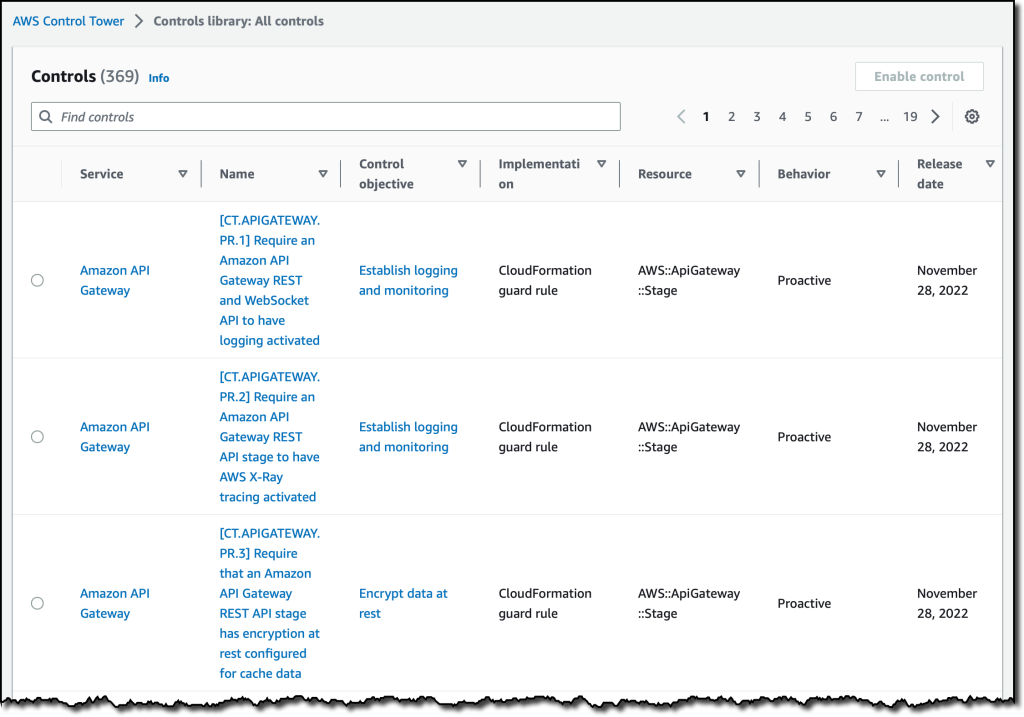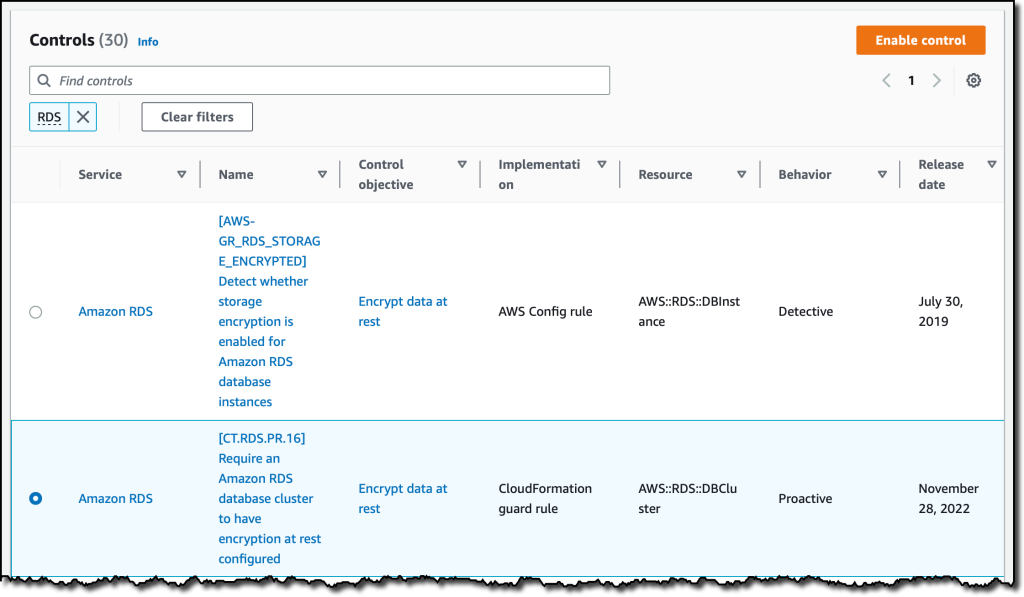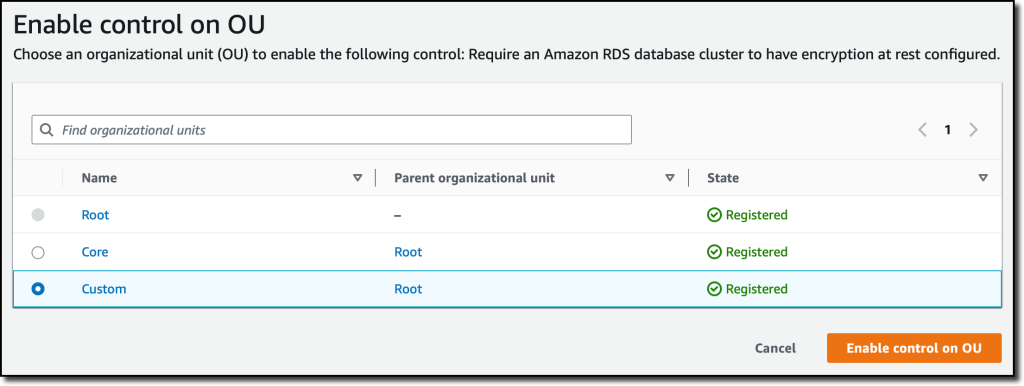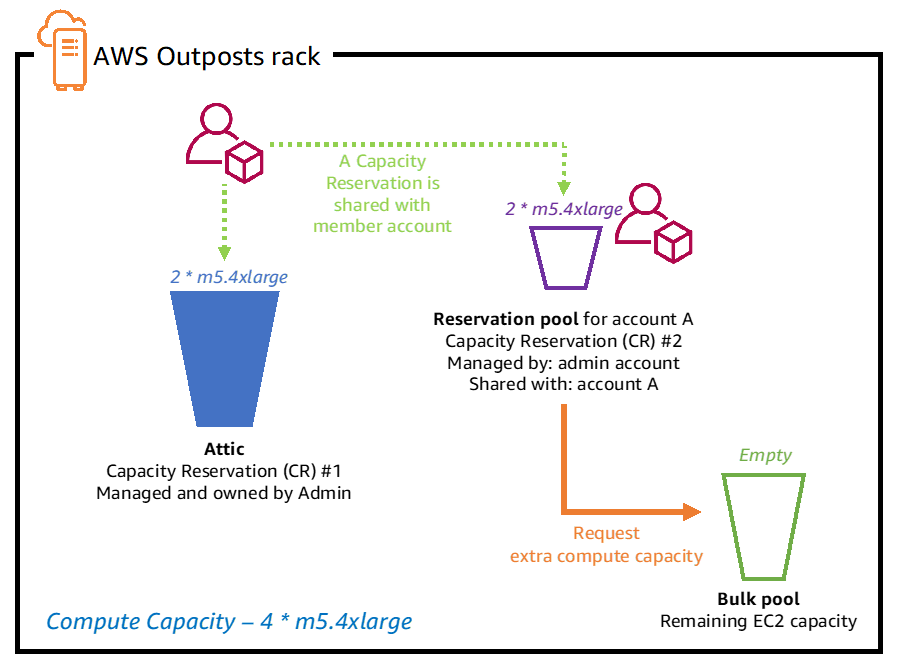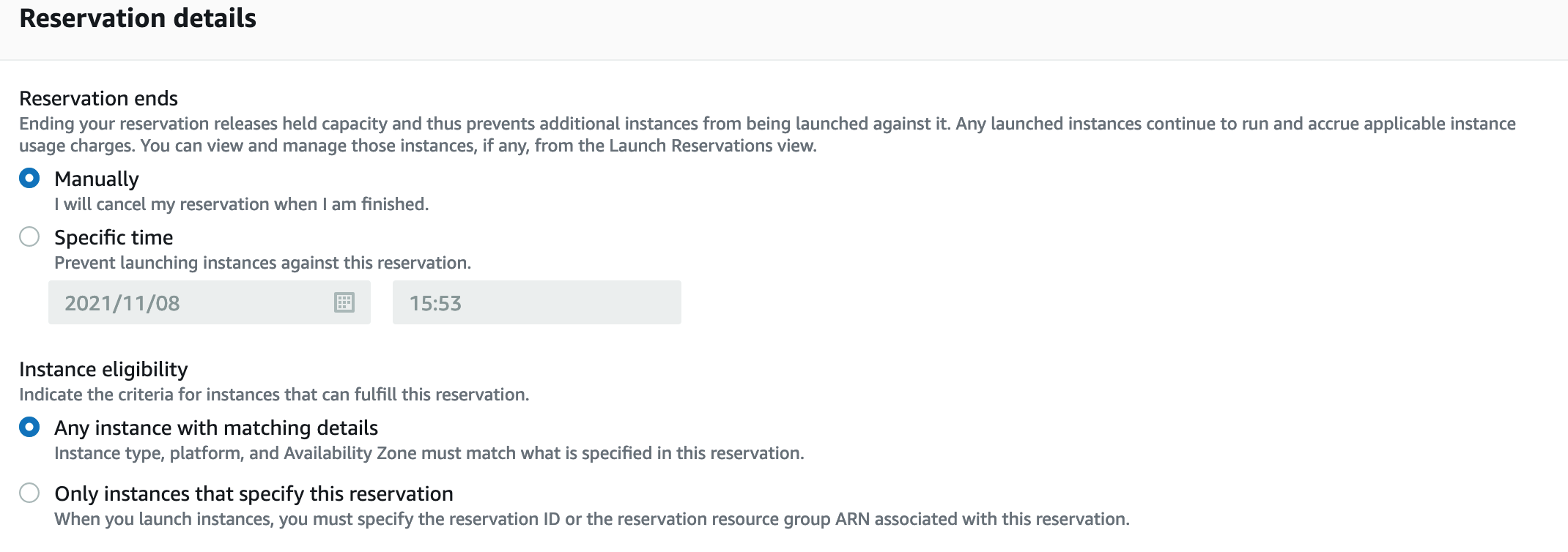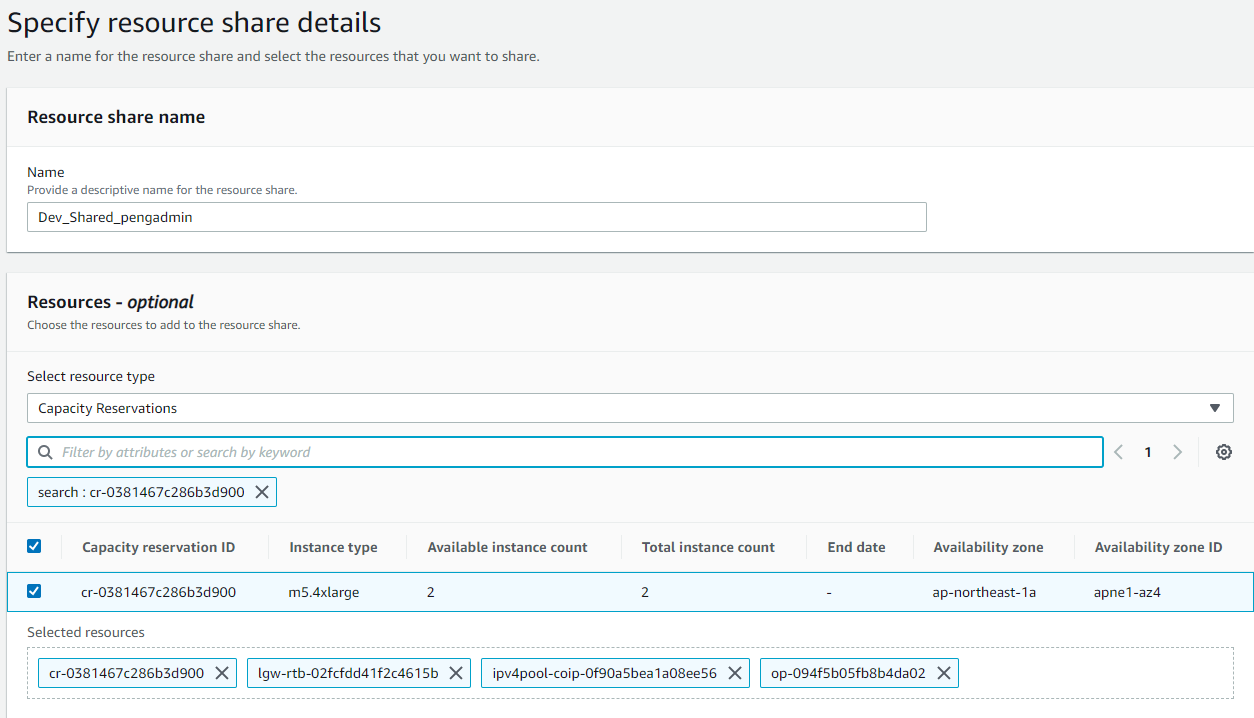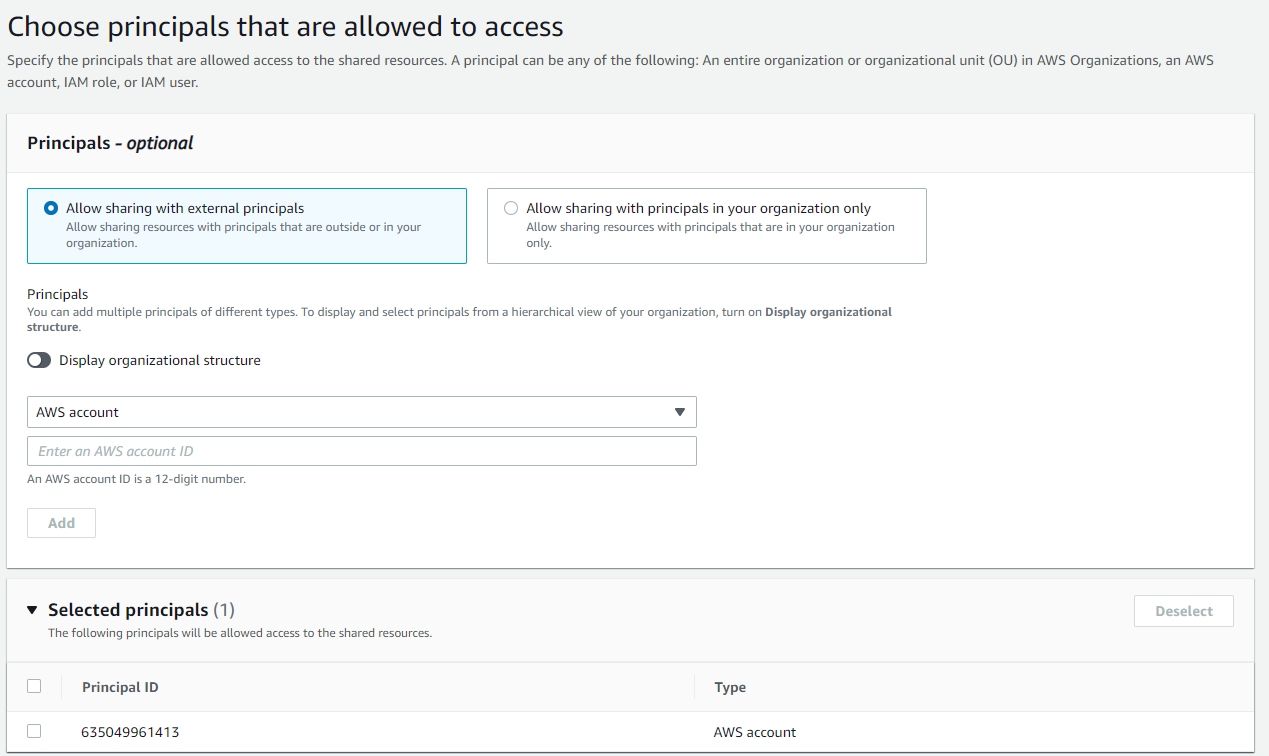Post Syndicated from Krishna Rupanagunta original https://aws.amazon.com/blogs/big-data/data-governance-in-the-age-of-generative-ai/
Data is your generative AI differentiator, and a successful generative AI implementation depends on a robust data strategy incorporating a comprehensive data governance approach. Working with large language models (LLMs) for enterprise use cases requires the implementation of quality and privacy considerations to drive responsible AI. However, enterprise data generated from siloed sources combined with the lack of a data integration strategy creates challenges for provisioning the data for generative AI applications. The need for an end-to-end strategy for data management and data governance at every step of the journey—from ingesting, storing, and querying data to analyzing, visualizing, and running artificial intelligence (AI) and machine learning (ML) models—continues to be of paramount importance for enterprises.
In this post, we discuss the data governance needs of generative AI application data pipelines, a critical building block to govern data used by LLMs to improve the accuracy and relevance of their responses to user prompts in a safe, secure, and transparent manner. Enterprises are doing this by using proprietary data with approaches like Retrieval Augmented Generation (RAG), fine-tuning, and continued pre-training with foundation models.
Data governance is a critical building block across all these approaches, and we see two emerging areas of focus. First, many LLM use cases rely on enterprise knowledge that needs to be drawn from unstructured data such as documents, transcripts, and images, in addition to structured data from data warehouses. Unstructured data is typically stored across siloed systems in varying formats, and generally not managed or governed with the same level of rigor as structured data. Second, generative AI applications introduce a higher number of data interactions than conventional applications, which requires that the data security, privacy, and access control policies be implemented as part of the generative AI user workflows.
In this post, we cover data governance for building generative AI applications on AWS with a lens on structured and unstructured enterprise knowledge sources, and the role of data governance during the user request-response workflows.
Use case overview
Let’s explore an example of a customer support AI assistant. The following figure shows the typical conversational workflow that is initiated with a user prompt.
The workflow includes the following key data governance steps:
- Prompt user access control and security policies.
- Access policies to extract permissions based on relevant data and filter out results based on the prompt user role and permissions.
- Enforce data privacy policies such as personally identifiable information (PII) redactions.
- Enforce fine-grained access control.
- Grant the user role permissions for sensitive information and compliance policies.
To provide a response that includes the enterprise context, each user prompt needs to be augmented with a combination of insights from structured data from the data warehouse and unstructured data from the enterprise data lake. On the backend, the batch data engineering processes refreshing the enterprise data lake need to expand to ingest, transform, and manage unstructured data. As part of the transformation, the objects need to be treated to ensure data privacy (for example, PII redaction). Finally, access control policies also need to be extended to the unstructured data objects and to vector data stores.
Let’s look at how data governance can be applied to the enterprise knowledge source data pipelines and the user request-response workflows.
Enterprise knowledge: Data management
The following figure summarizes data governance considerations for data pipelines and the workflow for applying data governance.
In the above figure, the data engineering pipelines include the following data governance steps:
- Create and update a catalog through data evolution.
- Implement data privacy policies.
- Implement data quality by data type and source.
- Link structured and unstructured datasets.
- Implement unified fine-grained access controls for structured and unstructured datasets.
Let’s look at some of the key changes in the data pipelines namely, data cataloging, data quality, and vector embedding security in more detail.
Data discoverability
Unlike structured data, which is managed in well-defined rows and columns, unstructured data is stored as objects. For users to be able to discover and comprehend the data, the first step is to build a comprehensive catalog using the metadata that is generated and captured in the source systems. This starts with the objects (such as documents and transcript files) being ingested from the relevant source systems into the raw zone in the data lake in Amazon Simple Storage Service (Amazon S3) in their respective native formats (as illustrated in the preceding figure). From here, object metadata (such as file owner, creation date, and confidentiality level) is extracted and queried using Amazon S3 capabilities. Metadata can vary by data source, and it’s important to examine the fields and, where required, derive the necessary fields to complete all the necessary metadata. For instance, if an attribute like content confidentiality is not tagged at a document level in the source application, this may need to be derived as part of the metadata extraction process and added as an attribute in the data catalog. The ingestion process needs to capture object updates (changes, deletions) in addition to new objects on an ongoing basis. For detailed implementation guidance, refer to Unstructured data management and governance using AWS AI/ML and analytics services. To further simplify the discovery and introspection between business glossaries and technical data catalogs, you can use Amazon DataZone for business users to discover and share data stored across data silos.
Data privacy
Enterprise knowledge sources often contain PII and other sensitive data (such as addresses and Social Security numbers). Based on your data privacy policies, these elements need to be treated (masked, tokenized, or redacted) from the sources before they can be used for downstream use cases. From the raw zone in Amazon S3, the objects need to be processed before they can be consumed by downstream generative AI models. A key requirement here is PII identification and redaction, which you can implement with Amazon Comprehend. It’s important to remember that it will not always be feasible to strip away all the sensitive data without impacting the context of the data. Semantic context is one of the key factors that drive the accuracy and relevance of generative AI model outputs, and it’s critical to work backward from the use case and strike the necessary balance between privacy controls and model performance.
Data enrichment
In addition, additional metadata may need to be extracted from the objects. Amazon Comprehend provides capabilities for entity recognition (for example, identifying domain-specific data like policy numbers and claim numbers) and custom classification (for example, categorizing a customer care chat transcript based on the issue description). Furthermore, you may need to combine the unstructured and structured data to create a holistic picture of key entities, like customers. For example, in an airline loyalty scenario, there would be significant value in linking unstructured data capture of customer interactions (such as customer chat transcripts and customer reviews) with structured data signals (such as ticket purchases and miles redemption) to create a more complete customer profile that can then enable the delivery of better and more relevant trip recommendations. AWS Entity Resolution is an ML service that helps in matching and linking records. This service helps link related sets of information to create deeper, more connected data about key entities like customers, products, and so on, which can further improve the quality and relevance of LLM outputs. This is available in the transformed zone in Amazon S3 and is ready to be consumed downstream for vector stores, fine-tuning, or training of LLMs. After these transformations, data can be made available in the curated zone in Amazon S3.
Data quality
A critical factor to realizing the full potential of generative AI is dependent on the quality of the data that is used to train the models as well as the data that is used to augment and enhance the model response to a user input. Understanding the models and their outcomes in the context of accuracy, bias, and reliability is directly proportional to the quality of data used to build and train the models.
Amazon SageMaker Model Monitor provides a proactive detection of deviations in model data quality drift and model quality metrics drift. It also monitors bias drift in your model’s predictions and feature attribution. For more details, refer to Monitoring in-production ML models at large scale using Amazon SageMaker Model Monitor. Detecting bias in your model is a fundamental building block to responsible AI, and Amazon SageMaker Clarify helps detect potential bias that can produce a negative or a less accurate result. To learn more, see Learn how Amazon SageMaker Clarify helps detect bias.
A newer area of focus in generative AI is the use and quality of data in prompts from enterprise and proprietary data stores. An emerging best practice to consider here is shift-left, which puts a strong emphasis on early and proactive quality assurance mechanisms. In the context of data pipelines designed to process data for generative AI applications, this implies identifying and resolving data quality issues earlier upstream to mitigate the potential impact of data quality issues later. AWS Glue Data Quality not only measures and monitors the quality of your data at rest in your data lakes, data warehouses, and transactional databases, but also allows early detection and correction of quality issues for your extract, transform, and load (ETL) pipelines to ensure your data meets the quality standards before it is consumed. For more details, refer to Getting started with AWS Glue Data Quality from the AWS Glue Data Catalog.
Vector store governance
Embeddings in vector databases elevate the intelligence and capabilities of generative AI applications by enabling features such as semantic search and reducing hallucinations. Embeddings typically contain private and sensitive data, and encrypting the data is a recommended step in the user input workflow. Amazon OpenSearch Serverless stores and searches your vector embeddings, and encrypts your data at rest with AWS Key Management Service (AWS KMS). For more details, see Introducing the vector engine for Amazon OpenSearch Serverless, now in preview. Similarly, additional vector engine options on AWS, including Amazon Kendra and Amazon Aurora, encrypt your data at rest with AWS KMS. For more information, refer to Encryption at rest and Protecting data using encryption.
As embeddings are generated and stored in a vector store, controlling access to the data with role-based access control (RBAC) becomes a key requirement to maintaining overall security. Amazon OpenSearch Service provides fine-grained access controls (FGAC) features with AWS Identity and Access Management (IAM) rules that can be associated with Amazon Cognito users. Corresponding user access control mechanisms are also provided by OpenSearch Serverless, Amazon Kendra, and Aurora. To learn more, refer to Data access control for Amazon OpenSearch Serverless, Controlling user access to documents with tokens, and Identity and access management for Amazon Aurora, respectively.
User request-response workflows
Controls in the data governance plane need to be integrated into the generative AI application as part of the overall solution deployment to ensure compliance with data security (based on role-based access controls) and data privacy (based on role-based access to sensitive data) policies. The following figure illustrates the workflow for applying data governance.
The workflow includes the following key data governance steps:
- Provide a valid input prompt for alignment with compliance policies (for example, bias and toxicity).
- Generate a query by mapping prompt keywords with the data catalog.
- Apply FGAC policies based on user role.
- Apply RBAC policies based on user role.
- Apply data and content redaction to the response based on user role permissions and compliance policies.
As part of the prompt cycle, the user prompt must be parsed and keywords extracted to ensure alignment with compliance policies using a service like Amazon Comprehend (see New for Amazon Comprehend – Toxicity Detection) or Guardrails for Amazon Bedrock (preview). When that is validated, if the prompt requires structured data to be extracted, the keywords can be used against the data catalog (business or technical) to extract the relevant data tables and fields and construct a query from the data warehouse. The user permissions are evaluated using AWS Lake Formation to filter the relevant data. In the case of unstructured data, the search results are restricted based on the user permission policies implemented in the vector store. As a final step, the output response from the LLM needs to be evaluated against user permissions (to ensure data privacy and security) and compliance with safety (for example, bias and toxicity guidelines).
Although this process is specific to a RAG implementation and is applicable to other LLM implementation strategies, there are additional controls:
- Prompt engineering – Access to the prompt templates to invoke need to be restricted based on access controls augmented by business logic.
- Fine-tuning models and training foundation models – In cases where objects from the curated zone in Amazon S3 are used as training data for fine-tuning the foundation models, the permissions policies need to be configured with Amazon S3 identity and access management at the bucket or object level based on the requirements.
Summary
Data governance is critical to enabling organizations to build enterprise generative AI applications. As enterprise use cases continue to evolve, there will be a need to expand the data infrastructure to govern and manage new, diverse, unstructured datasets to ensure alignment with privacy, security, and quality policies. These policies need to be implemented and managed as part of data ingestion, storage, and management of the enterprise knowledge base along with the user interaction workflows. This makes sure that the generative AI applications not only minimize the risk of sharing inaccurate or wrong information, but also protect from bias and toxicity that can lead to harmful or libelous outcomes. To learn more about data governance on AWS, see What is Data Governance?
In subsequent posts, we will provide implementation guidance on how to expand the governance of the data infrastructure to support generative AI use cases.
About the Authors
 Krishna Rupanagunta leads a team of Data and AI Specialists at AWS. He and his team work with customers to help them innovate faster and make better decisions using Data, Analytics, and AI/ML. He can be reached via LinkedIn.
Krishna Rupanagunta leads a team of Data and AI Specialists at AWS. He and his team work with customers to help them innovate faster and make better decisions using Data, Analytics, and AI/ML. He can be reached via LinkedIn.
 Imtiaz (Taz) Sayed is the WW Tech Leader for Analytics at AWS. He enjoys engaging with the community on all things data and analytics. He can be reached via LinkedIn.
Imtiaz (Taz) Sayed is the WW Tech Leader for Analytics at AWS. He enjoys engaging with the community on all things data and analytics. He can be reached via LinkedIn.
 Raghvender Arni (Arni) leads the Customer Acceleration Team (CAT) within AWS Industries. The CAT is a global cross-functional team of customer facing cloud architects, software engineers, data scientists, and AI/ML experts and designers that drives innovation via advanced prototyping, and drives cloud operational excellence via specialized technical expertise.
Raghvender Arni (Arni) leads the Customer Acceleration Team (CAT) within AWS Industries. The CAT is a global cross-functional team of customer facing cloud architects, software engineers, data scientists, and AI/ML experts and designers that drives innovation via advanced prototyping, and drives cloud operational excellence via specialized technical expertise.






 Diagram 4: S3 Bucket creation success with hooks execution
Diagram 4: S3 Bucket creation success with hooks execution

